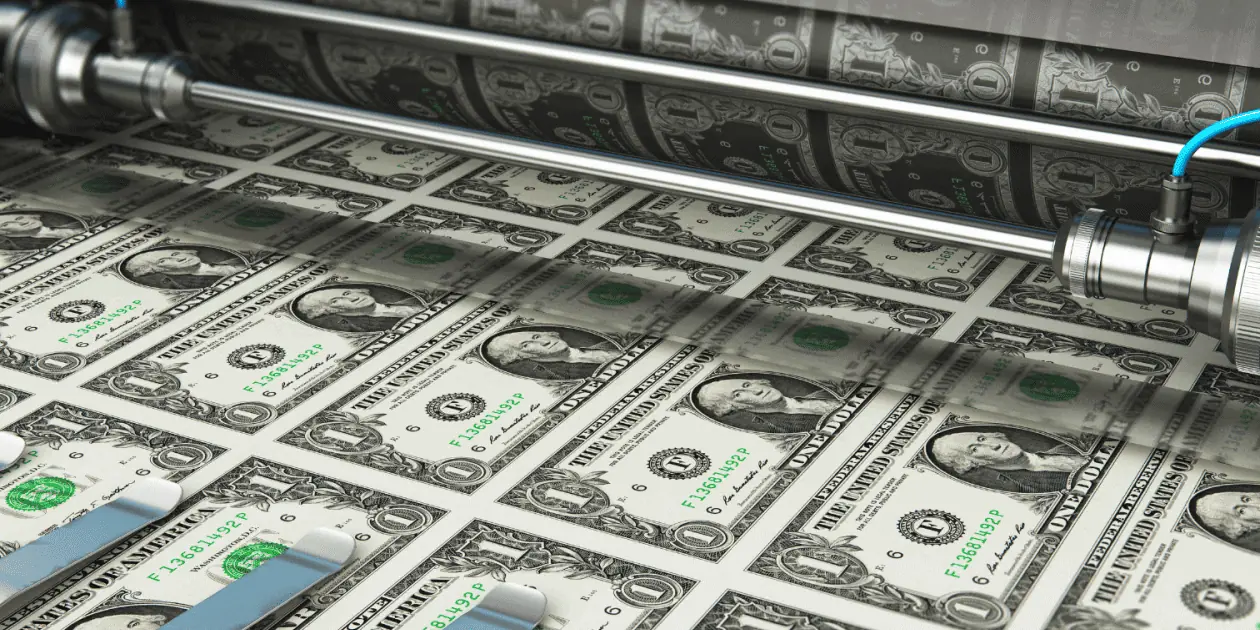The US Dollar Index hit a 20-year high at 109 in July 2022 following the Federal Reserve System (Fed) tightening policies to combat rising inflation. The Fed has slowly started to raise rates since the beginning of 2022, but as inflation rages, they have changed their stance to become more aggressive compared to the EU. In June 2022, the US saw a 0.75 increase in interest rates, the “single” highest rate hike since 1994.
The dollar’s rise is not only due to tightening policies but also to investors seeking a so-called “safe haven” during times of uncertainty and instability. The war between Ukraine and Russia is causing commodity prices such as energy, wheat, and sunflower oil to rise. Alongside these rising commodity prices, production issues continue as Russia reduces the gas supply to the EU. These developments in the EU, alongside rising yield rates in the U.S. Treasuries, are causing investors to navigate toward the US.
The US Dollar Index shows the dollar’s strength against a basket of six other currencies, including the Euro, which makes up around 57% of the basket. Since mid-2021, the Dollar has been rising, and now Euro and Dollar values are equal. This means if everything else were kept the same, US exporters would lose competitiveness against the EU. An economic slowdown is expected to cool down the overheated economy but also comes with the risk of recession.
US exports of agricultural commodities have not seen a considerable drop as rising energy prices, and supply chain problems are still driving prices up in the EU. But, if the Dollar continues to stay at a higher rate and problems in the EU get resolved, US exporters will have to compete at a disadvantage on the global market.
Pricing Data
Market Insights
Tools & Calculations
More
Join the Vesper Marketplace - Where Dairy Trades
What's new? Check our Release Notes!
Dairy Processing
Protein Fortification
Oil Refining & Distribution
Bakery Ingredients
Sugar & Sweeteners
Chocolate & Confectionery
Insights
Resources
Community
About Us
